Salvia nemorosa 'Noble Knight'
Salvia 'Noble Knight' – 'Noble Knight' Sage
Salvia 'Noble Knight' – 'Noble Knight' Sage
Exposure
- Sun
Rusticity
Bloom time
- May
- June
- July
- August
- September
- Deep royal purple spikes
- Long summer blooming
- Attracts butterflies and hummingbirds
- Deer resistant
- Easy care
Discover the majestic elegance of Salvia nemorosa 'Noble Knight', a spectacular perennial that graces your garden with deep, royal purple spikes from late spring through late summer. These striking blooms attract pollinators and create a regal display of color. Robust, easy to care for, and deer-resistant, it's ideal for borders, cottage gardens, and for adding a touch of sophistication to your outdoor spaces.
Characteristics
- Foliage : The foliage is dark green, dense, and serves as a perfect backdrop for the vibrant flower spikes.
- Bloom : Produces large, showy spikes of deep purple to blue flowers. Blooming is remarkably long, starting in late spring or early summer, and continuing throughout summer and into early fall. It is a self-cleaning plant.
- Light : Requires full sun for optimal flowering and healthy development.
- Habit : Its habit is upright and forms a clump. It reaches a height of approximately 20 to 25 cm (8 to 10 inches) and spreads 25 to 60 cm (10 to 24 inches).
- Growth : Its growth is moderate.
- Humidity : Requires average water needs. Although it is drought-tolerant once established, it will perform better with regular watering.
- Soil : Prefers well-drained soil, with a slightly acidic to neutral pH (6.1 – 7.3).
- Temperature : Extremely hardy, it is well-adapted to cold winters.
- Watering : Requires regular watering for best performance, but is drought-tolerant once established.
Uses
- Types of Use : Ideal for sunny borders, cottage gardens, rock gardens, and for adding structure and elegance to flower beds. It is also very effective in mass plantings for a strong visual impact.
- Decorative Advantages : Its deep purple flower spikes immediately draw the eye and create a striking contrast in the garden. Its long blooming period ensures consistent color, and its ability to attract butterflies and hummingbirds adds life to your outdoor space.
Care
- Fertilization : Light fertilization in spring with a balanced perennial fertilizer is generally sufficient.
- Pruning : 'Noble Knight' Sage is self-cleaning, which reduces the need to remove spent flowers. However, removing spent flowers can potentially stimulate even longer blooming or reblooming. You can prune the plant after the main bloom to maintain its shape.
- Planting :
- Distance : Space plants about 30 to 45 cm (12 to 18 inches) apart to allow for good development and air circulation.
- Depth : Plant the root ball at the same level as the soil in the original container.
- Period : Spring or early fall are the best times for planting.
Plant details
Dimensions
Dimensions
Characteristics
Characteristics
Habit:
- Upright
- Clumping
Flowering colours:
- Blue
- Purple
Plant needs
Plant needs
Watering:
- Average
Maintenance:
- Easy
Soil requirement:
- Well-drained and moderately dry
- A slightly acidic to neutral soil
Features
Features
Resistance:
- Rabbits
- White-tailed Deer
- Drought Tolerant
Attract:
- Butterflies
- Hummingbirds
- Pollinators
Use:
- Massif planting
- Border
- Flowerbed
- Butterfly garden
- Cut flowers
Attribute:
- Aromatic foliage
- Cut flowers
- Long flowering
- Self-cleaning
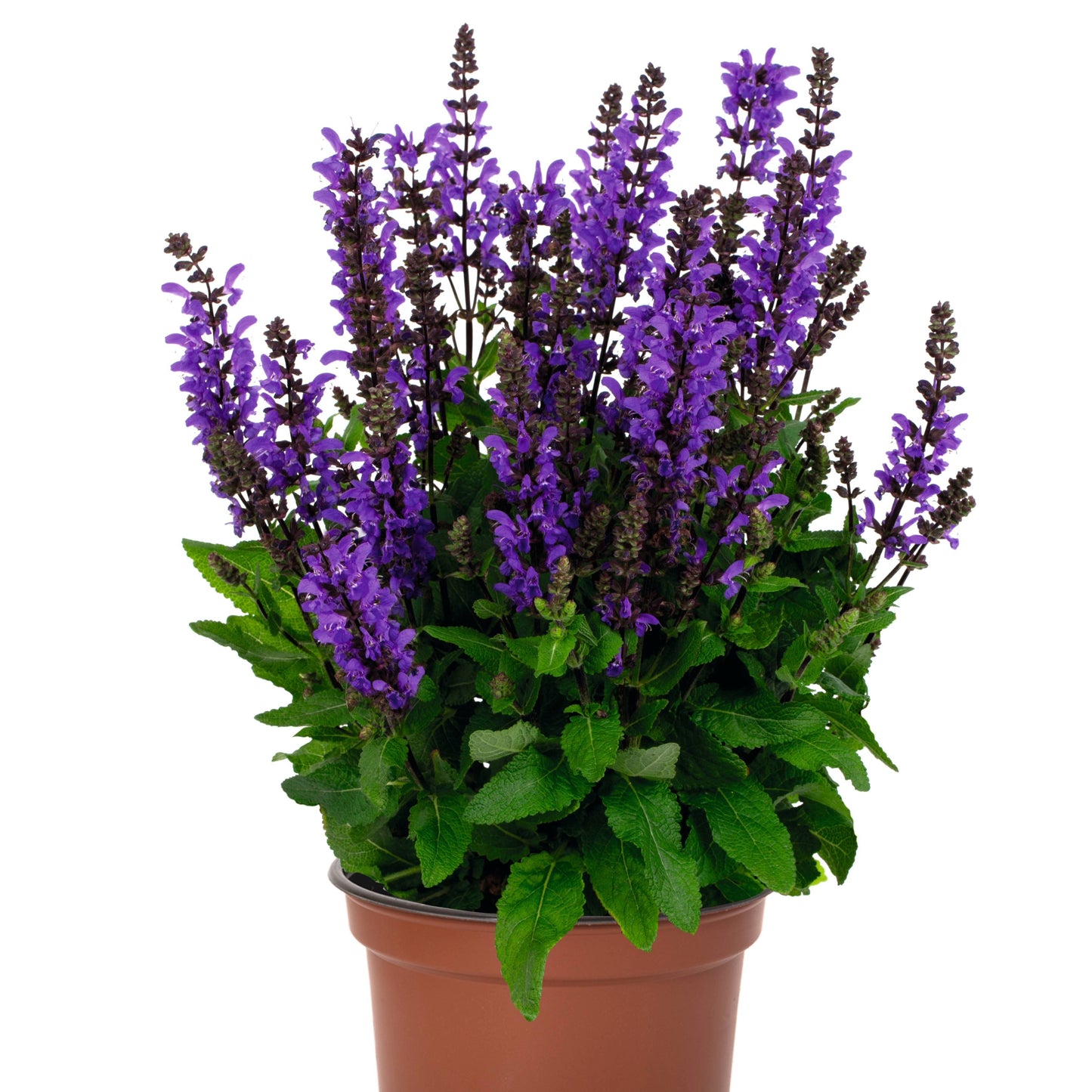
Related articles
-
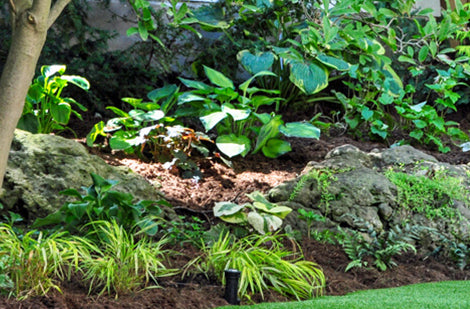
Perennials for all occasions
Read the articleOsez créer des associations inédites qui sauront refléter votre personnalité, même si pour cela vous deviez déplacer certaines vivaces pour mieux les mettre en valeur.
-
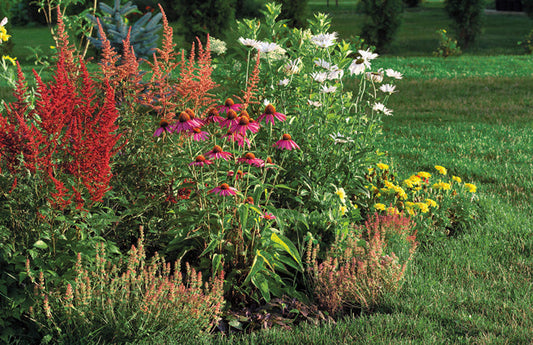
Landscaping with perennials
Read the articleVariétés à découvrir, la tomate se savoure crue, en sandwich, en bruschetta ou en salade. Cuite, c'est l'ingrédient de base de sauces, soupes et salsas.
-
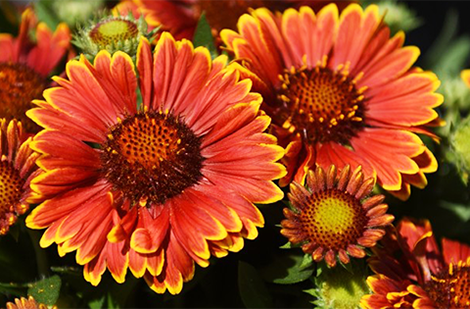
Perennials proper maintenance: cut and fertilize
Read the articleLa grande popularité des vivaces vient du fait qu'après avoir été oubliées pendant des mois au cours de l'hiver, elles réapparaissent sur la scène plus énergiques et surprenantes que par...
-
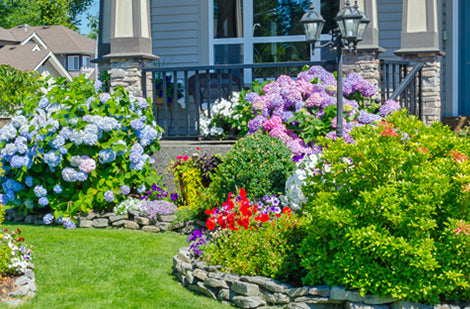
How to plant perennials in your garden
Read the articleEn pénétrant au jardin, ce sont souvent les plantes vivaces que l’on remarque en premier. Un massif de sauges, d’hémérocalles, d’astilbes, d’échinacées ou de lavande offre un spectacle d’une beauté...









